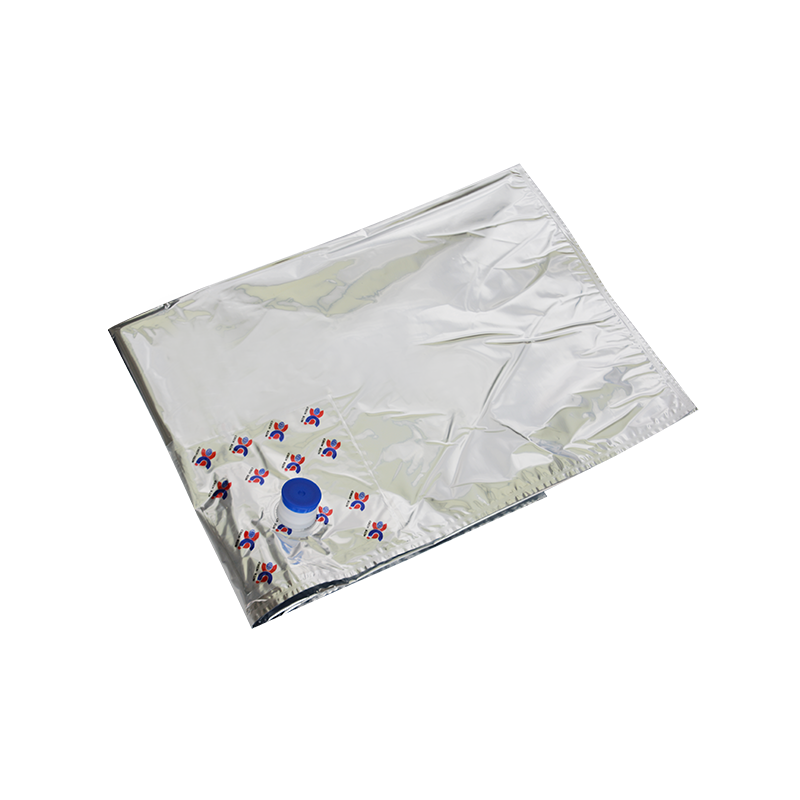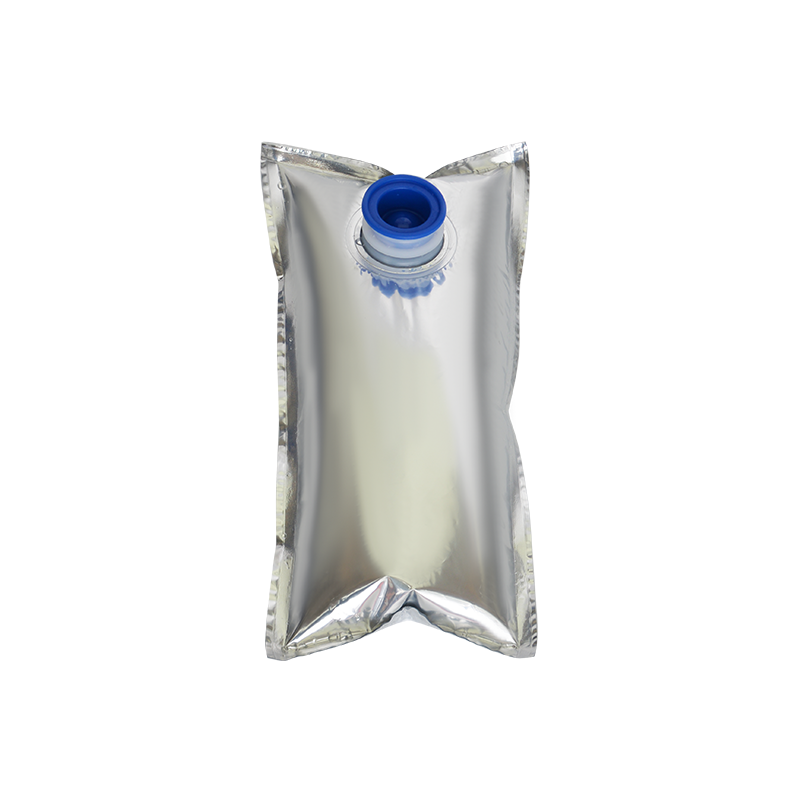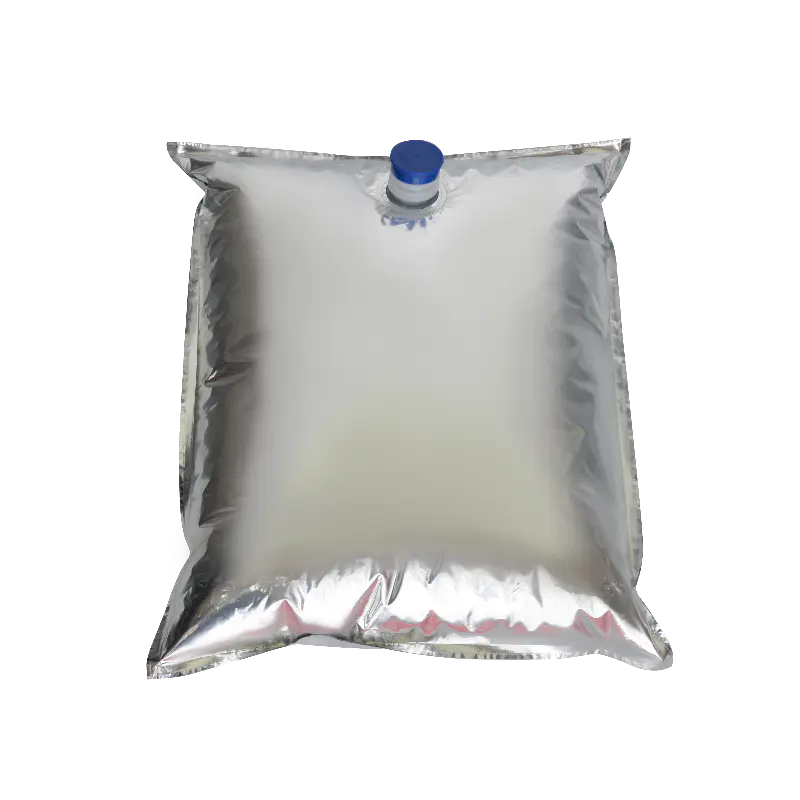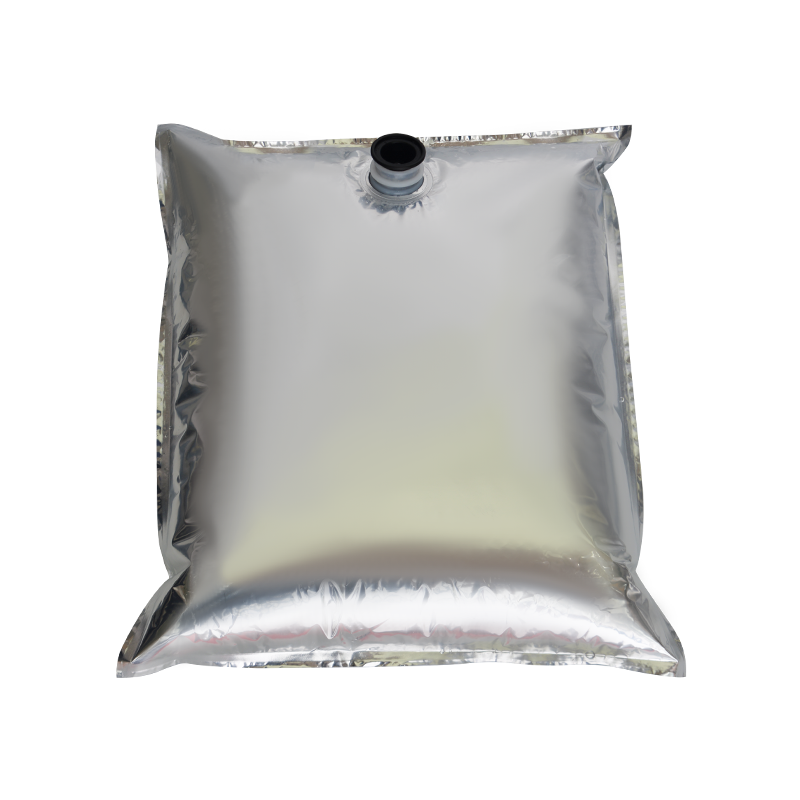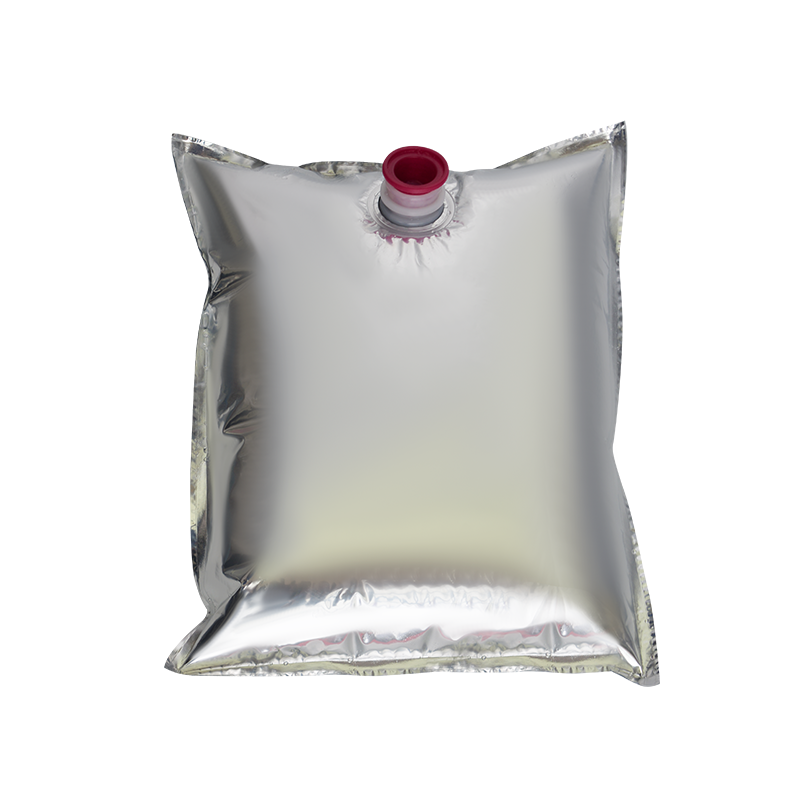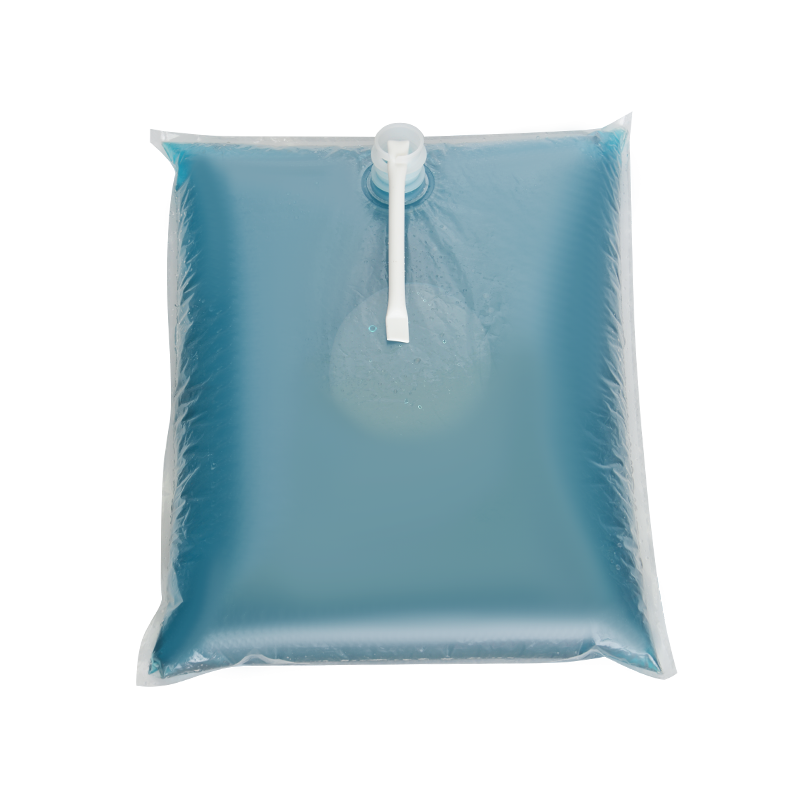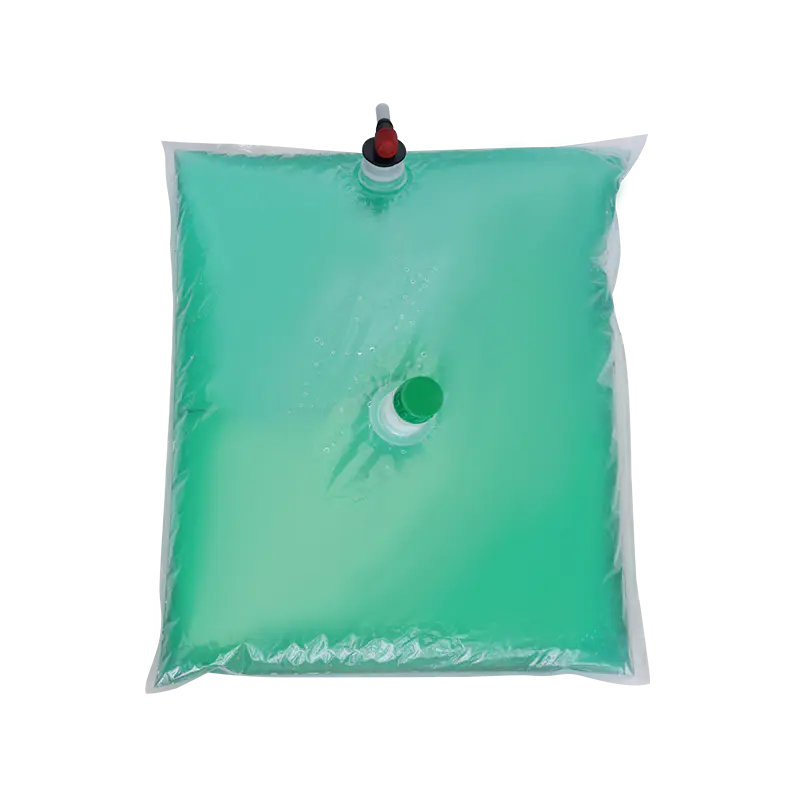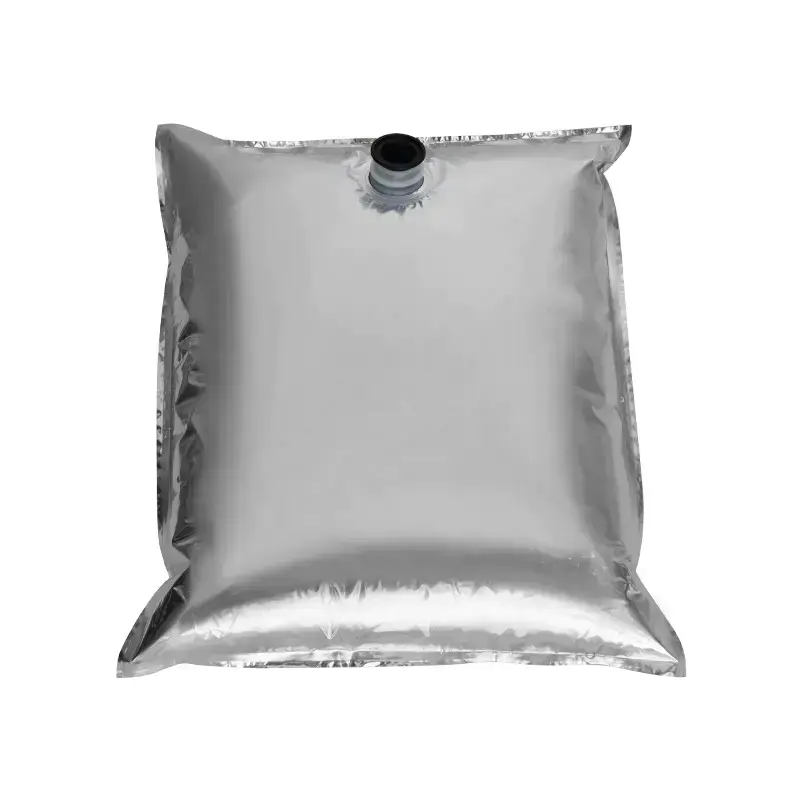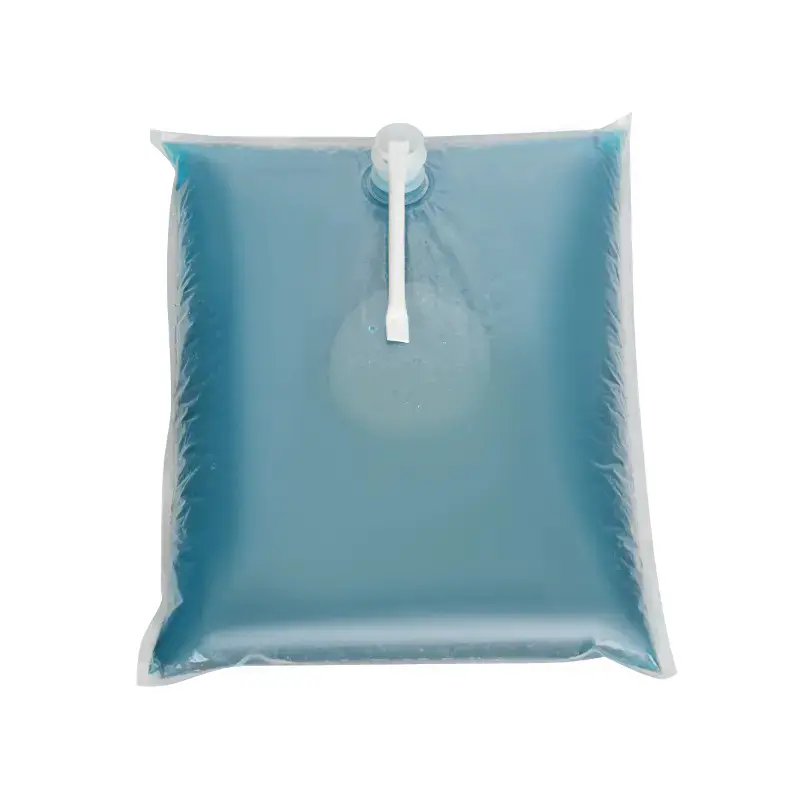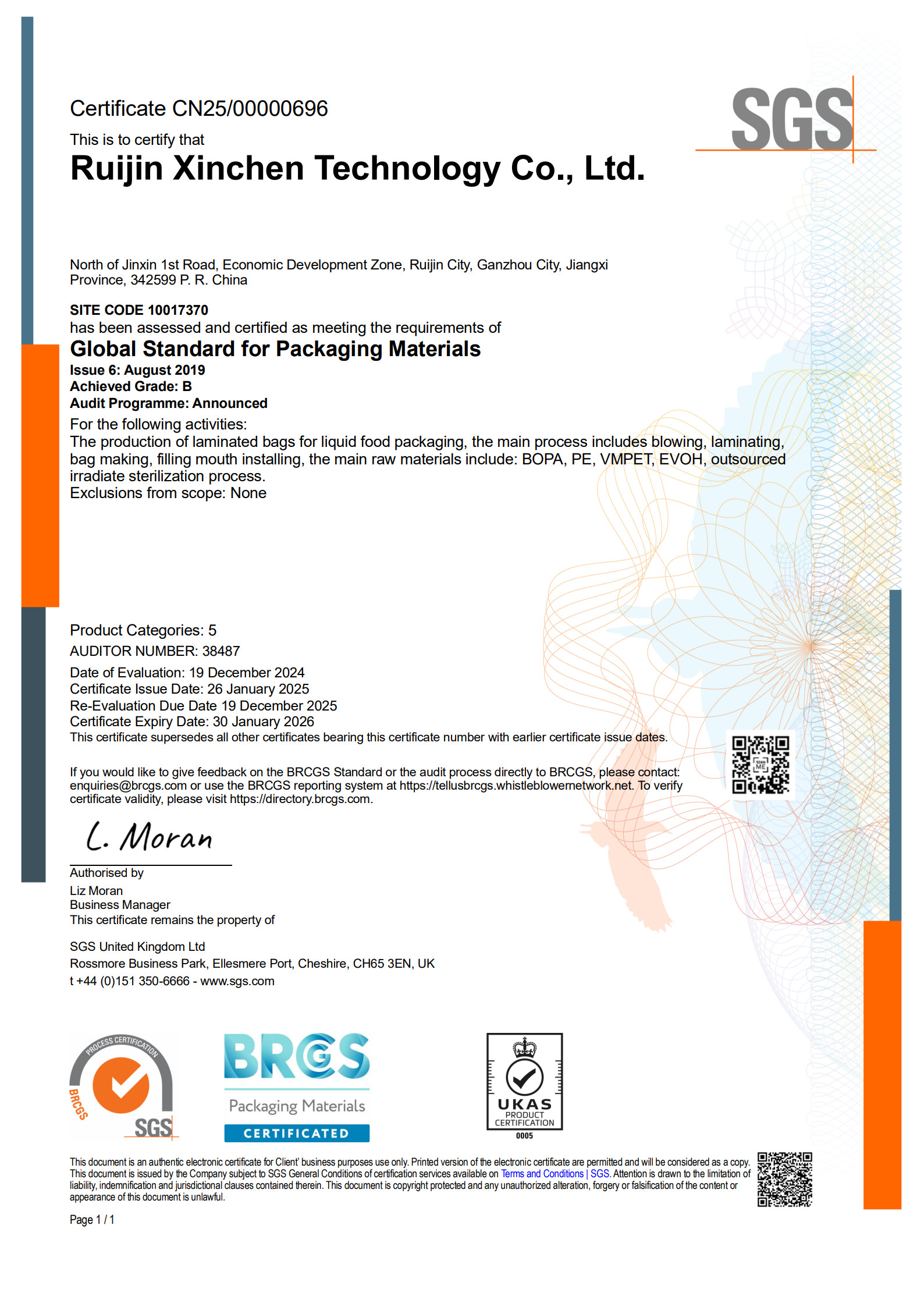
In the modern food and beverage industry, the development of packaging technology has become a crucial factor in improving product quality and extending shelf life. Aseptic Bag-In-Box, as an efficient, environmentally friendly, and safe liquid packaging method, is rapidly becoming the mainstream choice in the industry.
Basic Concepts and Principles of Aseptic Bag-In-Box Aseptic Bag-In-Box packaging consists of an inner bag and an outer box. The inner bag typically uses multi-layer composite film materials, while the outer box is primarily a corrugated cardboard box. Its core concept is to isolate the liquid product from the external environment through aseptic processes, avoiding microbial contamination and ensuring the safety and stability of the product during long-term storage and transportation.
Aseptic processing is a key aspect of this packaging technology. Before entering the inner bag, the liquid must undergo high-temperature instantaneous sterilization or pasteurization to remove any potential microorganisms. The inner bag filling and sealing process is usually completed in a strictly controlled aseptic environment, ensuring the product remains safe throughout the entire chain from production to final consumption. The outer packaging provides mechanical protection during transportation while facilitating handling and stacking, improving logistics efficiency.
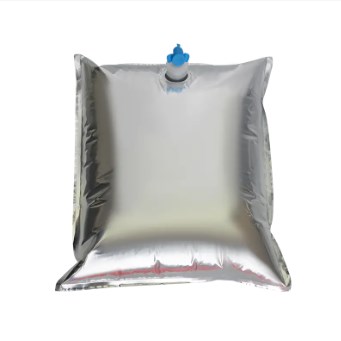
Technological Advantages of High-Performance Materials: The inner bag material of aseptic Bag-In-Boxes typically utilizes a multi-layer co-extruded film or composite film structure. These materials excel in oxygen barrier, moisture protection, light protection, and high-temperature resistance, effectively extending the shelf life of liquid foods. The multi-layer film design not only enhances mechanical strength but also provides flexibility, facilitating filling, folding, and drainage.
The heat-sealing performance of the material directly affects the packaging's airtightness. Modern high-performance composite films achieve a balance between high-temperature heat sealing and low-temperature operability through optimized polymer combinations, ensuring the integrity of the packaging throughout transportation and use. Simultaneously, the application of environmentally friendly and recyclable materials gives aseptic Bag-In-Boxes a significant advantage in sustainability, aligning with global green packaging trends.
Applications of Aseptic Bag-In-Boxes in the Food and Beverage Industry: Aseptic Bag-In-Boxes are widely used in the packaging of liquid products such as juices, milk, flavorings, wines, and concentrates. Its biggest advantages lie in its extended shelf life, reduced product waste, and preservation of the liquid's fresh taste and nutritional value. Compared to traditional bottles or cans, aseptic Bag-In-Box offers superior performance in terms of storage and transportation costs, making it particularly suitable for large-volume packaging needs.
On the production line, aseptic Bag-In-Box is highly compatible with modern filling equipment, enabling continuous and automated filling and sealing. This highly efficient production model not only increases capacity but also reduces labor costs and operational risks. For export-oriented companies, aseptic Bag-In-Box packaging, with its long shelf life and stability, is more suitable for long-distance transportation and cross-border logistics.
Innovation in Packaging Design and User Experience
Besides material and technological innovation, packaging design is another significant advantage of aseptic Bag-In-Box. Modern inner bags are typically equipped with easy-open and controllable dispensing devices, making it more convenient for consumers. The outer box design is also more ergonomic, facilitating handling, storage, and display, enhancing overall market competitiveness.
Aseptic Bag-In-Box also possesses unique advantages in brand promotion. The outer box surface allows for high-quality printing, effectively conveying product information and brand visual identity. This combination of technological and design optimization makes the aseptic Bag-In-Box not only a packaging tool but also a crucial carrier of brand value.
Logistics and Storage Advantages
The aseptic Bag-In-Box also offers significant advantages in logistics and storage. Compared to traditional bottled liquids, its lightweight and foldable characteristics significantly reduce transportation costs. The standardized design of the outer box enables high-density stacking during warehousing, improving warehouse space utilization.
During long-distance transportation, the aseptic Bag-In-Box's airtightness and pressure resistance effectively reduce the risk of leakage while protecting liquid products from light, oxygen, and temperature fluctuations. This is particularly important for liquid products such as juices, milk, and wines that are susceptible to external environmental influences.

Sustainable Development and Environmental Trends
With increasing global environmental awareness, the packaging industry is constantly pursuing green innovation. The aseptic Bag-In-Box achieves material savings and reduced carbon emissions by reducing the use of glass, metal, and plastic rigid packaging. Some advanced technologies even enable the recycling of inner bag materials, further enhancing environmental value.
Meanwhile, by optimizing packaging structures and reducing material thickness and weight, manufacturers not only save on raw material costs but also reduce transportation energy consumption. This green and efficient packaging model is gradually becoming a core strategy for food and beverage companies to achieve sustainable development.
Aseptic Bag-In-Box is not only a liquid packaging method but also an important tool for the modern food and beverage industry to improve quality, extend shelf life, and optimize the supply chain. With its high-performance materials, aseptic technology, convenient user experience, and environmental advantages, it is leading a new trend in liquid packaging. In the future, with continuous technological innovation and growing market demand, aseptic Bag-In-Box will demonstrate even broader application prospects, injecting new momentum into the industry's development.

 English
English русский
русский
